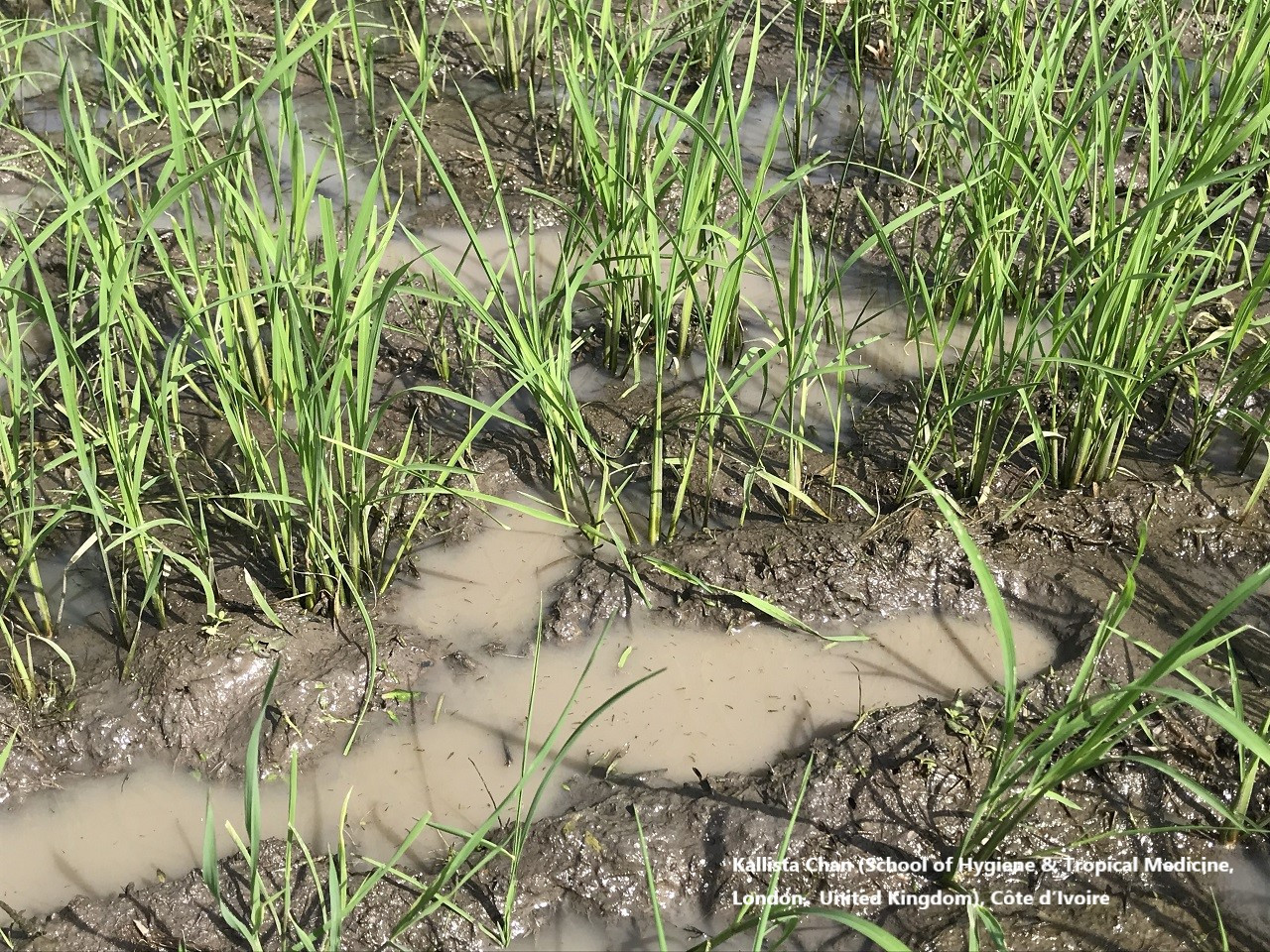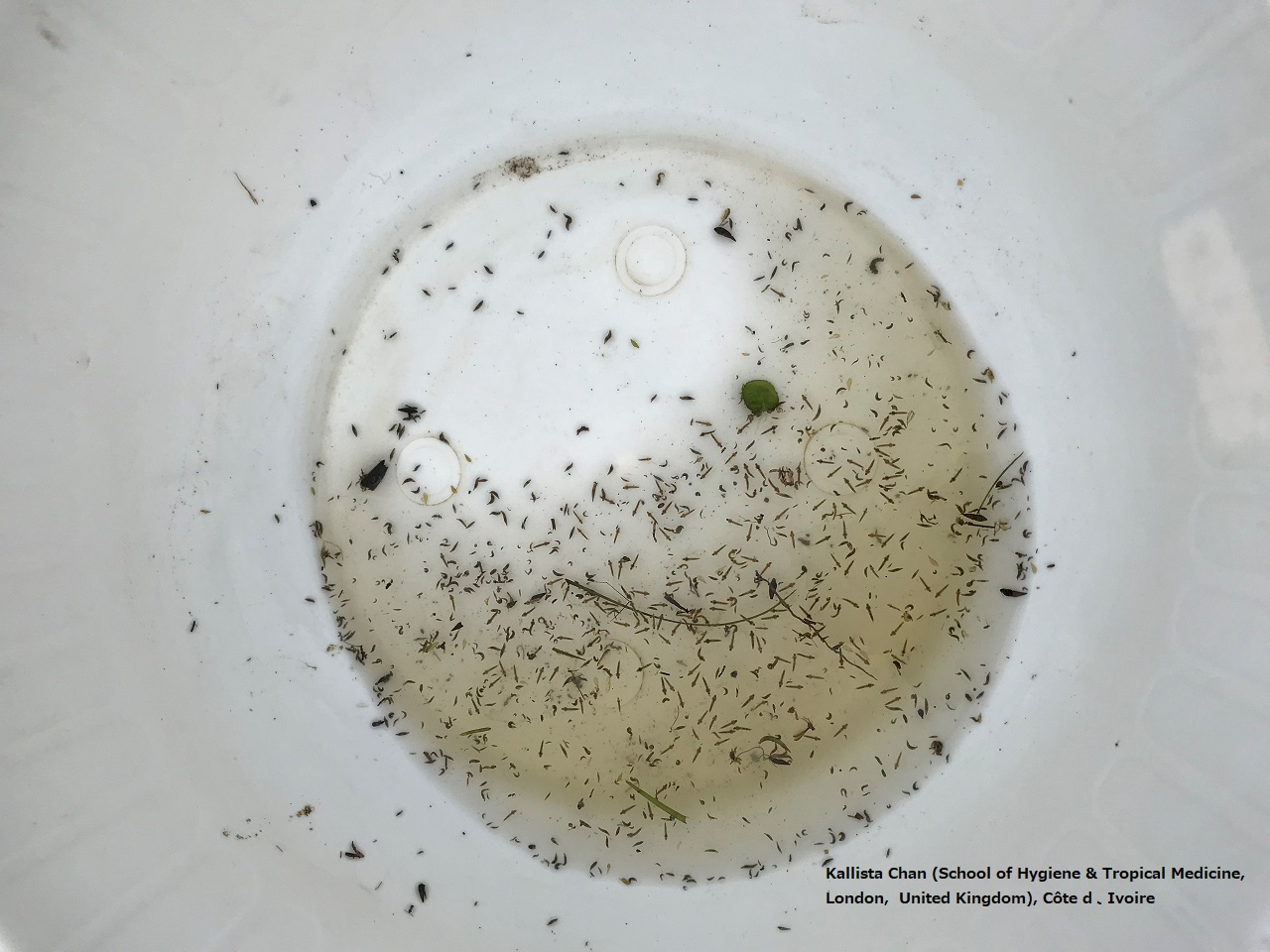Pick Up
498. Increasing Rice Production and Malaria Eradication Simultaneously Require Cooperation Between Agriculture and Health Sectors

Malaria is transmitted by the bite of a mosquito (Anopheles) carrying the malaria parasite and remains one of the most serious infectious diseases in the world. Of the world's population of 6 billion, recent estimates place approximately 2.6 billion people at risk of malaria, and an estimated 500 million people show symptoms of malaria infection annually. In many parts of Africa, small children experience at least one bout of malaria each year, and malaria is the most common reason for outpatient clinic visits and hospitalizations in pediatric wards. Health ministries in many African countries are working to eradicate malaria. Meanwhile, rice is the fastest growing crop in Africa, along with increasing rice consumption. Harvested area increased by more than 600% from 1961 to 2019. With demand expected to continue to increase, ministries of agriculture in many African countries are looking to expand production.
A new study published in The Lancet Planetary Health finds that rice cultivation in Africa may increase the spread of malaria infection in local communities by providing a breeding ground for mosquitoes. The study conducted a meta-analysis of previously published reports on the relationship between paddy rice cultivation and malaria transmission and found that since 2003, rice malaria transmission has been more than 70% higher in rice farming villages than in non-rice growing areas. On the other hand, the study also confirmed that before 2003, the prevalence of malaria in rice-growing villages was similar or even slightly lower than in non-rice growing areas. Until that time, it was believed that rice cultivation brought economic prosperity to the area, with greater access to mosquito nets and better medical care than in non-rice-growing areas. However, over the past two decades, initiatives such as “Roll Back Malaria” have resulted in more universal and equitable malaria control across Africa, which may have resulted in a relatively higher risk of malaria transmission in rice-growing areas.
Although more detailed studies are needed, these results indicate that cooperation between the agricultural and health sectors is needed to simultaneously achieve the two development goals of increasing rice production and eliminating malaria. Furthermore, the authors warn that without continuous monitoring and evaluation of mosquito breeding and development of rice cultivation technologies that reduce mosquito breeding, the promotion and expansion of rice cultivation areas will lead to increased malaria transmission.
(Photo Credit)
Kallista Chan (School of Hygiene & Tropical Medicine, London, United Kingdom), Côte d’Ivoire
Contributor: SAITO Kazuki (Africa Rice Center / Social Sciences Division)

